78 F. average high on June 13.
78 F. maximum temperature in the cities on June 13, 2016.
June 14, 1981: A tornado hits Roseville, destroying homes and damages Har Mar Mall.
June 14, 1956: 8 inches of rain fall in the Ivanhoe area in 3.5 hours. 100 thousand dollars in damage to crops is reported.
June 14, 1943: Torrential downpours cause flooding in the Twin Cities and east central Minnesota. 2.5 inches of rain fall in St. Paul in two hours. In addition, four streetcars are hit by lightning.
Steps You Can Take To Lower Your Weather Risk
"Just because you're not paranoid doesn't mean they're not out to get you." The older I get the more respect I have for Mother Nature. My low-grade paranoia, a healthy fear of extreme weather, manifests itself in various ways. Not driving into flooded roads. NOAA is right: "turn around, don't drown." Avoiding unnecessary travel on the coldest, snowiest nights of winter. Staying hydrated on the hottest days of summer (beer doesn't count). And heading indoors after hearing the first rumble of thunder.
NOAA data from 2006-2013 shows 37 percent of U.S. lightning fatalities were on or near water (beaches and boats). A whopping 81 percent of those 261 lightning deaths were male. True, more men work outside. And rumor has it we're more stubborn.
Although most of the heaviest T-storms push into Wisconsin today we can't rule out another shower. In fact the pattern is remarkably persistent: instability showers and thundershowers almost every day from Friday into Tuesday. No all-day wash-outs, but it may be too cool for the lake by Sunday, with highs in the 70s.
Long-range models hint at 80s and 90s by late June; Minnesota on the northern edge of a sprawling heatwave stretching from California and Arizona to the East Coast. We'll get a taste, but the worst of the blast-furnace heat should stay just to our south.
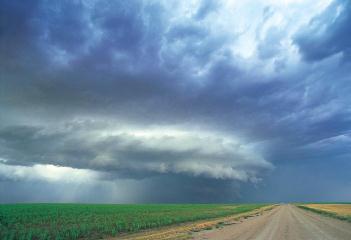
Photo credit: "This picture from Burncoat Street in Worcester shows the pile of debris left the day after the tornado." Boston Globe file photo.
100-degree heat in metro New York City on Tuesday:

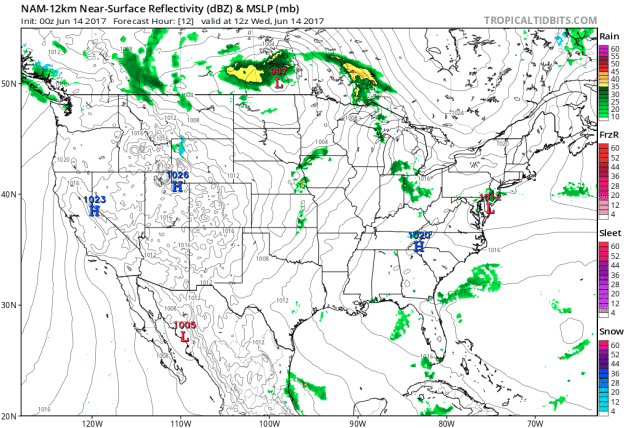
Breathing Easier Across New England - Thunderwear Recommended for Upper Midwest Today. Future radar (NOAA's NAM model) spins up more strong to severe storms over the north central USA later today, lighter thundershowers over the eastern USA. More heavy rain is forecast to push into the Pacific Northwest by Thursday. Animation: Tropicaltidbits.com.
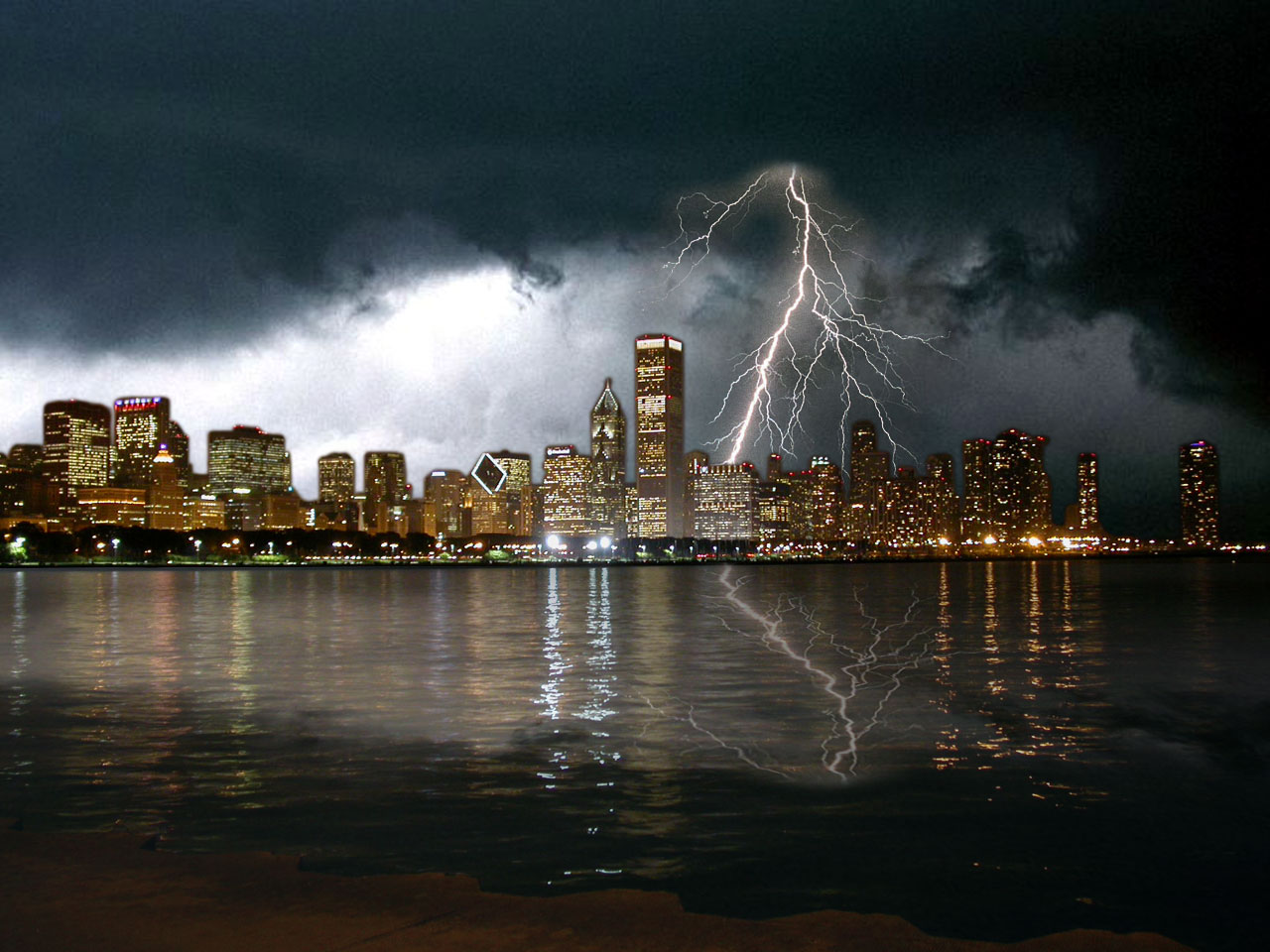
Almost Enlightening. This year roughly 100,000 thunderstorms will sprout above the USA, unloading hail, precious rains and flooding rains, and about 20-25 million cloud to ground lightning strikes. Worldwide lightning strikes the Earth about 30 times per second. If anyone asks (doubtful) your lifetime odds of being killed by lightning are 1 in 30,000. The odds of perishing due to extreme cold? 1 in 6,155. So you're about 13 times more likely to be killed by a cold front than lightning.

Does the White House Back Better Hurricane Forecasting? The Signs Point Both Ways. So says an article at NBC San Diego: "As
hurricane season begins, and scientists predict the Atlantic Ocean
could see another above-normal year, the White House is sending
contradictory messages about whether it supports funding for better
weather forecasting. On the one hand, President Donald Trump in April
signed a bipartisan Congressional bill that protects improvements to
hurricane forecasting and tsunami warnings from budget cuts. On the
other, the president's proposed budget for 2018 fiscal year, released in
May, would slash funding for those very programs, operated by the
National Oceanic and Atmospheric Administration and its National Weather
Service. NOAA accounts for much of the 16 percent reduction to the
Commerce Department, of which it is a part..."
Remember Your Pets Feel the Heat Too. Here's an excerpt from The U.S. Climate Resilience Toolkit that caught my eye: "...Additionally,
some of the same characteristics that make some humans more vulnerable
than others are also in play with other animals, such as older or very
young pets and pets with existing health conditions. Watch for warning
signs, such as heavy panting or glazed eyes, because animals cannot tell
you when they are too hot. Another
risk to pets and service animals is the potential for burns to their
paws and pads as paved surfaces may become excessively hot during a heat
wave. Both the Best Friends Animal Society and the Humane Society
provide excellent reference materials for understanding the risk of
heat and warning signs for pets, as well as tips for mitigating heat
risk, for instance, by making peanut butter popsicles or "keep cool"
mats..."
Photo credit: "Pet owners should take special precautions to safeguard the health of their pets during extreme heat."
Dust Bowl-ification of U.S. Southwest Leads to 8-Fold Jump in Valley Fever Cases. Some harrowing research highlighted at ThinkProgress: "The
infection rate of Valley Fever in the Southwest United States has gone
up a stunning 800 percent from 2000 to 2011, as dust storms have more
than doubled. New research directly links
the rise in Valley Fever to the rise in dust storms, which in turn is
driven by climate change. Valley Fever, which the Centers for Disease
Control and Prevention calls “a fungal lung infection that can be devastating,”
is caused by inhaling soil-dwelling fungus. When the soil dries out and
turns to dust, the wind can make the fungus airborne. “Dust storms are
found to better correlated with the disease than any other known
controlling factor,“ a new study led by NOAA scientists concluded...."
Map credit: "Dust
storms spike with Valley fever cases. The largest number of dust storms
from 1988 to 2011 are concentrated in the SW states reporting the
highest numbers of fever cases."

The Dying Salton Sea. How much is natural vs. driven by a rapidly changing climate? Here's an excerpt from USA TODAY: "California’s
largest lake is drying up. The Salton Sea has been shrinking for years,
and fish and birds have been dying. The dry lakebed already spews toxic
dust into the air, threatening a region with hundreds of thousands of
people. And the crisis is about to get much worse. The water flowing
into the Salton Sea will be cut dramatically at the end of this year,
causing the lake to shrink faster than ever and sending more dust
blowing through low-income, largely Latino farming communities..."
Photo credit: "Flood waters rising in Boise, Idaho, April 6." Photo: Associated Press.
Photo credit: "A hurricane dumped 15 inches of rain on Charleston, S.C., two years ago. This was the result." North Charleston - Wikimedia Commons.
Cyber Experts Identify Malware That Could Disrupt U.S. Power Grid. Another argument for clean, renewable, resilient options that keep keep the lights on, even if the grid goes down. Here's an excerpt from The Wall Street Journal: "Computer-security researchers said Sunday they have discovered the malicious software that knocked out electricity in Ukraine’s capital last year, and warned U.S. companies that the code could be repurposed to disrupt systems in the U.S. The discovery sheds light on an incident that security experts have been watching closely, hoping to understand the risk to the U.S. electrical grid. It follows a 2014 cyber-campaign against the U.S. in which networks at 17 energy companies, including four electric utilities, were compromised..."
Photo credit: "The Kentucky Utilities Co. E.W. Brown generating station in Harrodsburg. U.S. researchers have been studying malicious software to understand the risk it could pose to the U.S. electrical grid." Photo: Luke Sharrett/Bloomberg News.
"Crash Override": The Malware That Took Down a Power Grid. More perspective on the threat from WIRED.com: "...The researchers say this new malware can automate mass power outages, like the one in Ukraine’s capital, and includes swappable, plug-in components that could allow it to be adapted to different electric utilities, easily reused, or even launched simultaneously across multiple targets. They argue that those features suggest Crash Override could inflict outages far more widespread and longer lasting than the Kiev blackout. “The potential impact here is huge,” says ESET security researcher Robert Lipovsky. “If this is not a wakeup call, I don’t know what could be.” The adaptability of the malware means that the tool poses a threat not just to the critical infrastructure of Ukraine, researchers say, but to other power grids around the world, including America's..."
U.S. grid map: FEMA.
How Retiring Nuclear Power Plants May Undercut U.S. Climate Goals. The expression that comes to mind is "pick your poison". Keep nuclear plants going and try to address concerns with radioactive fuel storage, or risk an uptick in CO2 emissions from burning more natural gas and coal? The New York Times reports: "Over the last decade, a glut of cheap natural gas from hydraulic fracturing has driven hundreds of dirtier coal plants in the United States out of business, a big reason carbon dioxide emissions fell 14 percent from 2005 to 2016. But more recently, that same gas boom has started pushing many of America's nuclear reactors into early retirement - a trend with adverse consequences for climate change. The United States' fleet of 99 nuclear reactors still supplies one-fifth of the country's electricity without generation any planet-warming greenhouse gases. When those reactors retire, wind and solar usually cannot expland fast enough to replace the lost power. Instead, coal and natural gas fill the void, causing emissions to rise..."
Photo credit: "The Three Mile Island nuclear power plant in Middletown, PA. Exelon has said it will shut down the last reactor there by 2019 unless it receives financial assistance." Jonathan Ernst, Reuters.
Image credit: YARA Birkeland. Source: YARA.
Battery Storage and Rooftop Solar Could Mean New Life Post-Grid for Consumers. Here's an excerpt from The Guardian: "...Before people invented the fridge, we produced food, we consumed food immediately,” says Wang, director of the Centre for Clean Energy Technology at the University of Technology, Sydney. “With the development of appropriate electricity storage technology, the electricity is like our food – you can store it and whenever you need that electricity, you can use that immediately.” Batteries as a means to store electricity are nothing new. But with solar photovoltaic units now found on 16.5% of Australian residential roofs, battery storage has stepped into the big league. What was once viewed as an add-on to solar photovoltaic is now driving a revolution in the energy sector and turning the concept of a national electricity grid upside down..."
File photo credit: Electrek.
Copper Demand for Electric Cars to Rise Nine-Fold by 2027: ICA. Reuters has details: "The growing number of electric vehicles hitting roads is set to fuel a nine-fold increase in copper demand from the sector over the coming decade, according to an industry report on Tuesday. Electric or hybrid cars and buses are expected to reach 27 million by 2027, up from 3 million this year, according to a report by consultancy IDTechEx, commissioned by the International Copper Association (ICA). "Demand for electric vehicles is forecast to increase significantly over the next ten years as technology improves, the price gap with petrol cars is closed and more electric chargers are deployed," IDTechEx Senior Technology Analyst Franco Gonzalez said in the report. "Our research predicts this increase will raise copper demand for electric cars and buses from 185,000 tonnes in 2017 to 1.74 million tonnes in 2027," Gonzalez said..."
File image: Shutterstock.
85% of Americans Use Mobile Devices to Access News. Nieman Journalism Lab
has details: "Most people in the U.S. — 85 percent of U.S. adults —
have used a mobile device to access news at some point, up from around
just 50 percent in 2013. But put aside any assumptions about which
groups of people are responsible for the big increases. More than two
thirds (67 percent) of Americans aged 65 and older get news on a mobile
device (in 2016, that number was 43 percent; in 2013, it was 22
percent). Mobile news consumption among 50- to 64-year-olds also
increased sharply over the past four years..."
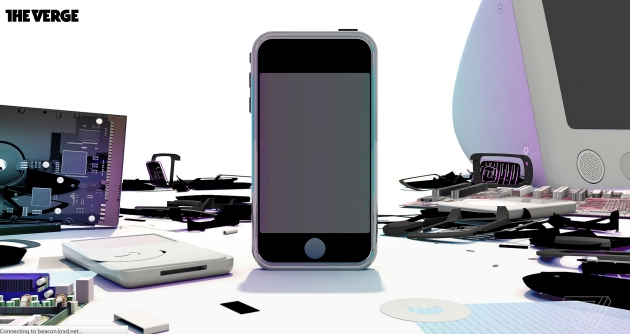
The Secret Origin of the iPhone. The Verge has a fascinating story; here's a clip: "... But
if there’s anything I’ve learned in my efforts to pull the iPhone
apart, literally and figuratively, it’s that there are rarely concrete
beginnings to any particular products or technologies — they evolve from
varying previous ideas and concepts and inventions and are prodded and
iterated into newness by restless minds and profit motives. Even when
the company’s executives were under oath in a federal trial, they
couldn’t name just one starting place. “There were many things that led
to the development of the iPhone at Apple,” Phil Schiller, senior vice
president of worldwide marketing, said in 2012. “First, Apple had been
known for years for being the creator of the Mac, the computer, and it
was great, but it had small market share,” he said. “And then we had a
big hit called the iPod. It was the iPod hardware and the iTunes
software. And this really changed everybody’s view of Apple, both inside
and outside the company. And people started asking, Well, if you can
have a big hit with the iPod, what else can you do? And people were
suggesting every idea, make a camera, make a car, crazy stuff.” And make
a phone, of course..."
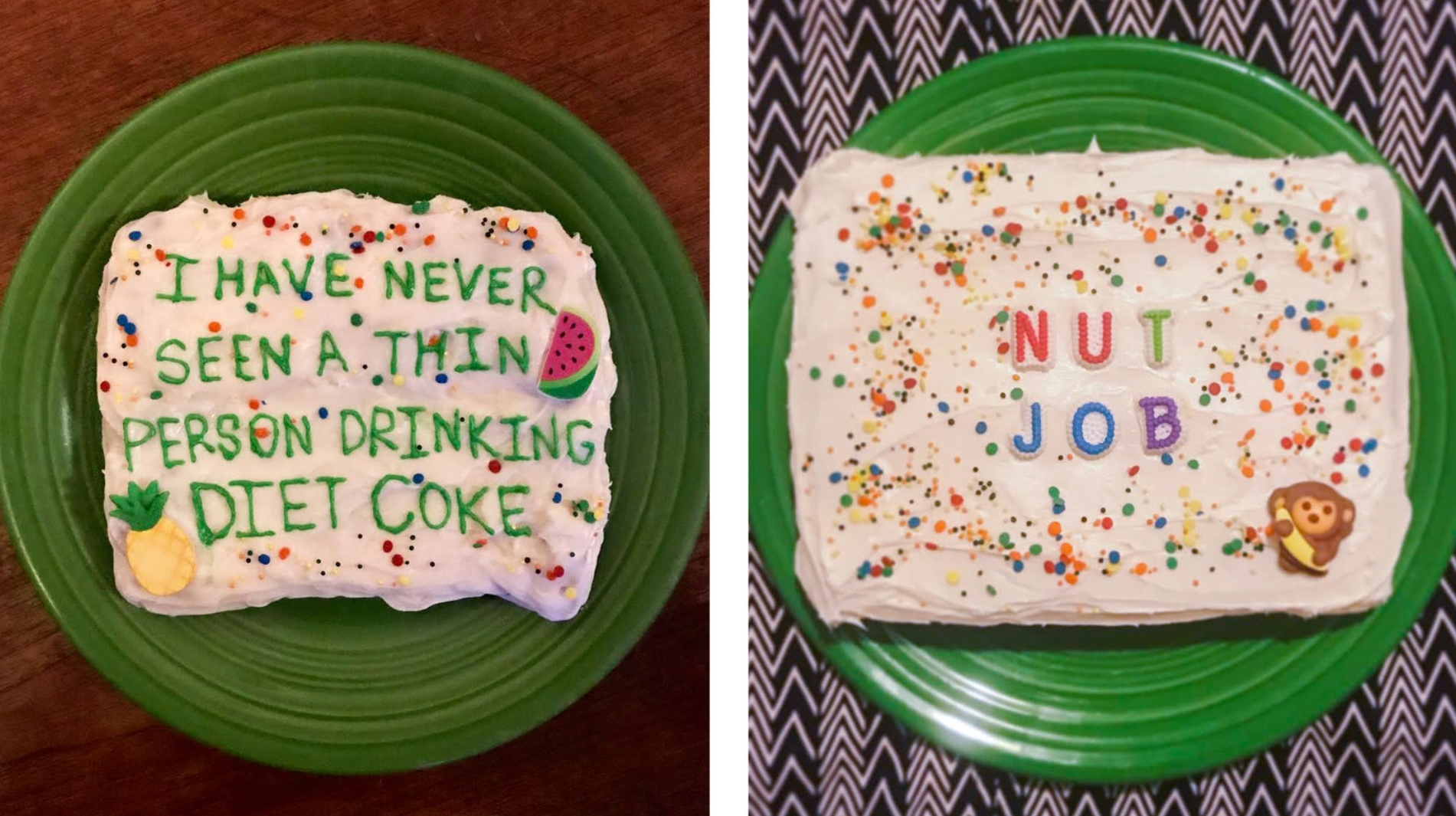
Sweet! Baker Makes Internet Trolls Eat Their Words - Literally. I couldn't resist a story at NPR: "The social media world is heavily populated by trolls — you know, those people who write nasty, mean comments online. Sometimes it can be tempting to respond back, but what if there's a better alternative? Like sending them a cake.... with their words written on it. New York City baker Kat Thek does just that. She's the founder of Troll Cakes, a bakery and detective agency. The process is simple. First, customers go to the Troll Cakes site to submit the comment and address of the troll in question. Thek will then bake a cake, write the comment on it using frosting or fondant letters, wrap it up in festive confetti, and send it to the perpetrator..." (Image credit: Troll Cakes).
TODAY: Sticky sunshine, passing T-storm (best chance Wisconsin). Best chance of severe weather east of MSP. Winds: SW 10-15. High: 86
WEDNESDAY NIGHT: Drying out under a partly cloudy sky. Low: 62
THURSDAY: Plenty of sun, a rare dry day with lower humidity. Winds: W 8-13. High: 84
FRIDAY: Some sun, few pop-up PM storms. Winds: W 7-12. Wake-up: 63. High: 83
SATURDAY: Milder, better day, T-storm risk late PM. Winds: SW 7-12. Wake-up: 61. High: 79
SUNDAY: Mostly cloudy, cooler. Few showers. Winds: NW 10-20. Wake-up: 59. High: 72
MONDAY: Still brisk, nagging shower risk. Winds: NW 10-20. Wake-up: 57. High: near 70
TUESDAY: Fading sun, still cooler than average. Winds: NW 5-10. Wake-up: 56. High: 73
File image above: Citizens Climate Lobby.
Climate Stories...
Photo credit: "The CCGS Amundsen, an icebreaker with 40 scientists on board, was diverted from the first leg of a journey through the Arctic on Sunday to help search and rescue efforts off the coast of Newfoundland in the Strait of Belle Isle." (Canadian Department of Fisheries and Oceans).
Photo credit: "NASA handout photo dated 10/11/16 showing a rift in the Larsen C Ice Shelf in Antarctica, as scientists have said that an iceberg a quarter the size of Wales is poised to break off from it." Photograph: NASA/John Sonntag/PA.
If You Think Climate Will Be Expensive, Calculate the Cost of Letting It Happen. Here's a clip from Harvard Business Review: "...This echoes a common political talking point: that fighting climate change is bad for the economy. I’d like to point out the flip side: that climate change itself is bad for the economy and investing in climate resilience is not only a national security priority, but an enormous economic opportunity. The share of national GDP at risk from climate change exceeds $1.5 trillion in the 301 major cities around the world. Including the impact of human pandemics – which are likely to become more severe as the planet warms — the figure increases to nearly $2.2 trillion in economic output at risk through 2025..."
How Climate Data is Collected. NPR explains how we know that CO2 levels are, in fact, rising worldwide:
HOOD: Despite the frozen fingers, every week Morse skis, hikes or drives a snowcat to get to this ridge. She works for the University of Colorado at Boulder collecting data for the National Oceanic and Atmospheric Administration.
MORSE: We know that CO2 is going up because of sites like this. And there are sites like this all over the world.
HOOD: About 100 in NOAA's network. For hundreds of thousands of years, concentrations of carbon dioxide, or CO2, were never higher than 280 parts per million, but that number began to rise with the industrial revolution. And in recent years, it's rising faster at an unprecedented level. It's the direct result of burning fossil fuels like coal and natural gas...
File image: John Sonntag, NASA.
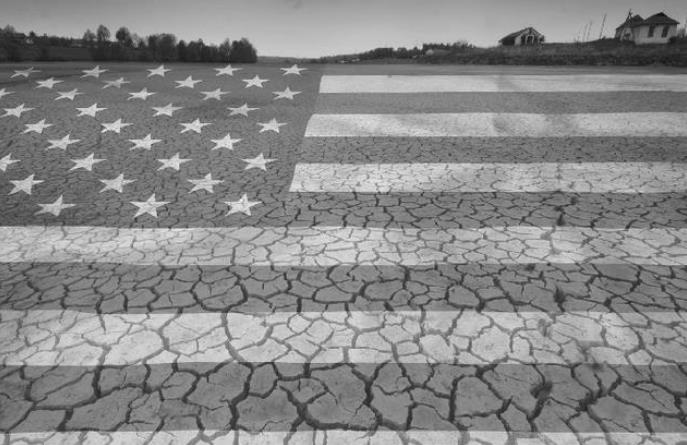
Do Recent Climate Decisions Put Our Military Men and Women at Increased Risk? Here's an excerpt of an Op-Ed from the San Antonio Express-News: "...Climate change also causes more frequent extreme weather events, which means more requests for humanitarian aid across the globe; meanwhile, droughts and resource shortages end up strengthening the very extremist groups our troops face on the battlefield. In light of these dangers, the Department of Defense describes climate change as a “threat multiplier” because it makes the jobs of our troops harder and riskier. If we choose not to take steps to move away from the fossil fuels of the past and toward the clean energy of the future, we will be condemning our allies, our children and our loved ones in uniform to an increasingly dangerous world — and a world in which the United States is a backward outsider..."
Climate Change in British Columbia: Here's How 2050 Could Look. CBC News reports: "Climate change has been blamed for raging forest fires, devastating floods and shrinking glaciers, but scientists have determined the effects will look different in various regions of B.C. Their severity depends on how successful humans are in reducing greenhouse gas emissions. Under a middle-of-the-road scenario that assumes that in the future greenhouse gas emissions are halved, the average annual temperature in B.C. would increase by 2.5 C by 2050, according to the Pacific Climate Impacts Consortium..."
Photo credit: "The risk of wildfires in the Okanagan will increase if average annual temperatures rise 2.5 C by 2050." (Jonathan Hayward/Canadian Press).
No comments:
Post a Comment